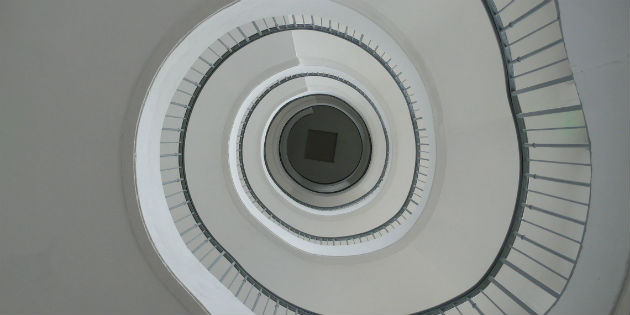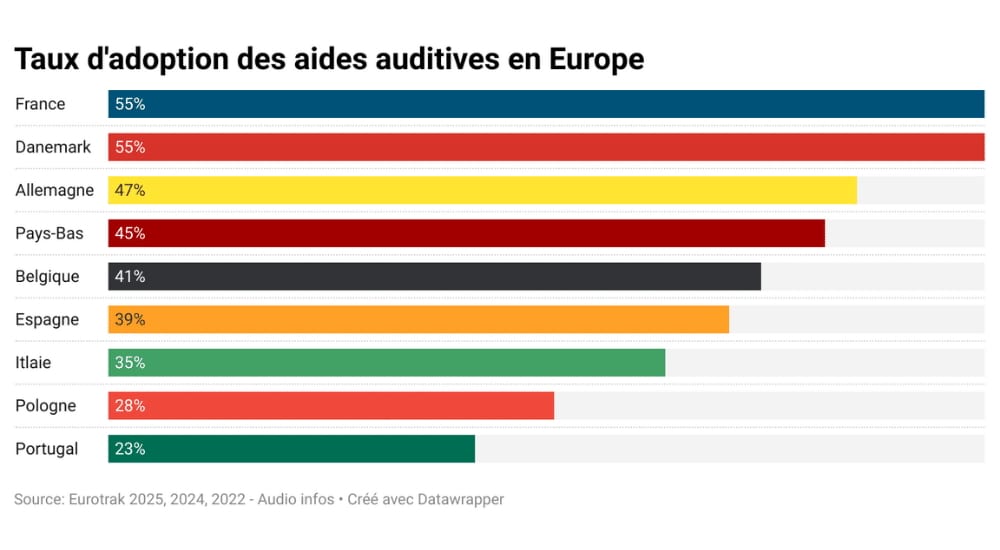Colombian experts advocate interdisciplinary approach to tackle vertigo
Vestibular function
Is vertigo properly diagnosed? During Colombia's Otology Week in Bogotá, a workshop was held onvestibular disorders with a practical approach.

Mexicanotorhinolaryngologist Jorge Madrigal, founder and medical directorof the MedBalanZ Clinic, directed this session and explained the physiological foundations and the techniqueinvolved in the vHIT (Video Head Impulse Test), which consistsof a cephalic impulse test quantified by evaluating the equilibriumof the inner ear through a high-speed mini video camera throughwhich the vestibular ocular reflex gain is obtained, comparing thespeed of ocular movement with that of the head, in other words,the reflex between the eyes and the balance system.
Vertigo is not the same as dizziness
In order to understand different pathologies associated with hearingloss, one must differentiate between vertigo and dizziness, twototally different concepts that are widely conflated. When someonehas a subjective sensation of movement, either their own or thatof their surroundings, but without this actually being the case, weare talking about vertigo. In the case of dizziness, the sensation isdifferent, since this is loss of balance and can be associated witha sensation of bewilderment in the head.

Guatemalan Dr. Carlos Alfonso Figueroa Recinos, general surgeon andotorhinolaryngologist, currently second-year resident at the NuevaGranada Military Hospital, explained that “some vertigo or dizzinesscases are not diagnosed because the specialists involved are notfamiliar with certain conditions that involve vertiginous symptoms.”Among the most common causes of dizziness and vertigo arephobic postural vertigo, vestibular migraine, and chronic subjectivedizziness. The otoneurological examination for the first and thirdof these genrerally brings a normal result, so if the doctor does not know the pathology or is not familiar with the prescription ofanti-depressive medicines or those exclusively for migraine, thepatient will not receive correct treatment.
It is normally believed that an otorhinolaryngologist will spot vertigo,but the fact is that only 35 to 40% of the causes behind a case arefound; the rest fall to other professionals, among them neurologistsand pyschiatrists. Benign paroxysmal positional vertigo is the mostcommon cause of vertigo in all ages. Meanwhile, phobic posturalvertigo presents in 12% of cases and can be suffered by middleagedpatients with obsessive-compulsive or hysterical personalities.In these cases, the otorhinolaryngologist is not fully aware ofmany of the medicines this type of patient needs, and this leadsto barely-effective treatment and imprecise diagnosis.

Experience shows that benign positional vertigo is the most diagnosedkind among Colombians; this is the most common causeof chronic dizziness in middle-aged patients presenting subjectivedizziness and balance disorders. It affects patients with obsessivecompulsiveor hysterical personalities who present a combination ofnon-rotational vertigo with fluctuating subjective postural imbalance.Generally, the symptoms follow periods of stress or can developafter suffering a vestibular dysfunction (vestibular neuritis or anytype of illness, flu for example). The percentage increases followingcervical whiplash syndrome (fracture or soft tissue sprain in theneck) and cranial trauma.
There is also a classification for vertigo associated with functionaldisorders, in other words pathologies or conditions whose cause isnot structural but function-related, among the most common beingvestibular migraine, a type of vertigo associated with migraine butdistinguished by the patient having no headache when experiencingvertigo symptoms. Approximately 35% of ‘migraine’ patients have acomplaint of the vestibular system or balance system.
Finally, there are patients who are suffering from somatomorphiccomplaints, those which have no organic cause and respond toan adverse balance event; among the most common are phobicpostural vertigo and chronic subjective dizziness. The first is distinguishedby a combination of non-rotatory vertigo, short attacks of non-rotatory oscillation with fluctuating subjective positionalimbalance, in patients with an obsessive-compulsive or hystericalpersonality. Generally, the symptoms follow periods of stress orcan develop after suffering a vestibular dysfunction such as B.P.P.V.(benign paroxysmal positional vertigo) o vestibular neuronitis.Diagnosis is based on unsteadiness and dizzy spells occurringin vertical position while in movement in a patient with a normalneurological examination. Meanwhile, chronic subjective dizzinessis a very common vestibular disorder that is identified when patientspresent persistent non-vertiginous dizziness, unsteadiness, andan increase in sensitivity to movement stimulus. These symptomscan last months or years following an acute vestibular event, andare not associated with vestibular abnormalities or oculomotorreflexes. In 50% of cases, patients have anxiety-related or depressivepersonalities, and they feel dizzy but this is not vertigo. Treatmentis through anti-depressive medicine.
“Half a loaf is better than none”
This is the expression used by Dr. José Antonio Rivas with regardto a problem his Colombian scientific peers are tackling, one thatrequires auditory imaging, a specialty that enables greater precisionin diagnoses when it comes to evaluating peripheral vestibularfunction through the latest techniques, including x-rays, TAC, andmagnetic resonance scanning of the ear and ear with brain.
“We have been lucky enough in Colombia to have doctors whowant to work exclusively in imaging for the hearing sector, andyou need this because in countries with them it works well forthese specialists and they have come to play a key support role inidentifying the problems of patients with pathologies in the headand neck organs,” explained Rivas (photo below).

In fact, being a ‘head and neck radiologist’ in Colombia would bea very new thing in itself, since the specialty is not present in allLatin American countries, so this rise must be a promising trend;however, the reason radiologists give for not working exclusivelyin this area is that there are other imaging fields that bring moreeconomic reward.
“While there are professionals in Colombia who support us, theyare not devoted entirely to this area, so sometimes we have to learnhow to interpret these images somewhat, though as they say: halfa loaf is better than none, and although we are not experts, we geton with the task,” concluded Rivas.
14th Otology Week took place in March 2016.
Read the complete article on Audio Infos Latin America 51 (bilingual):
Interested in Audiology in Latin America? Check Audioenportada!
Photos: Bajstock, Clínica Rivas, M.B.P.


